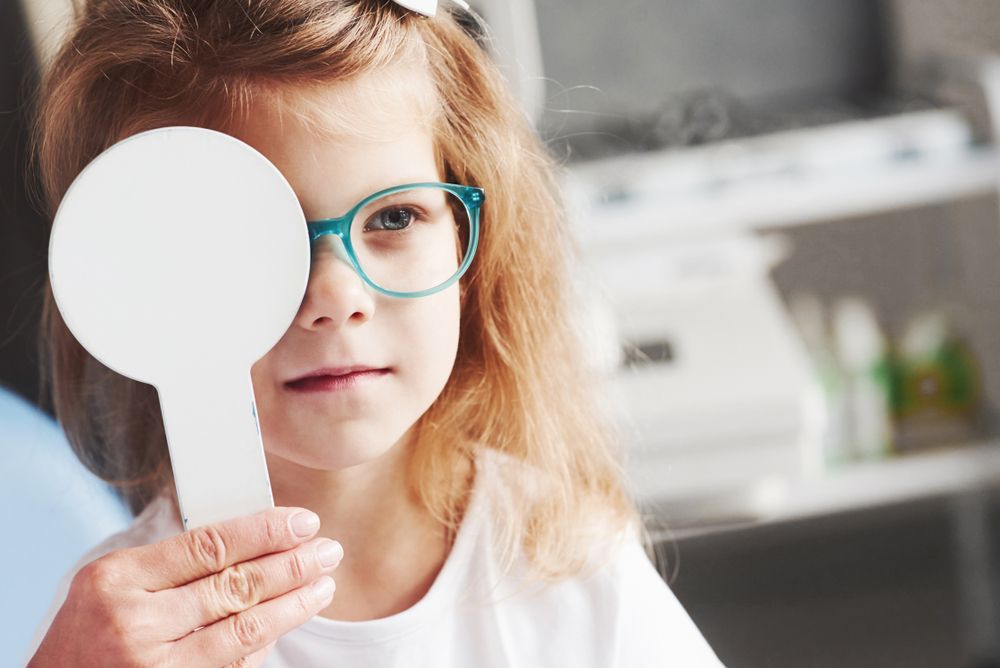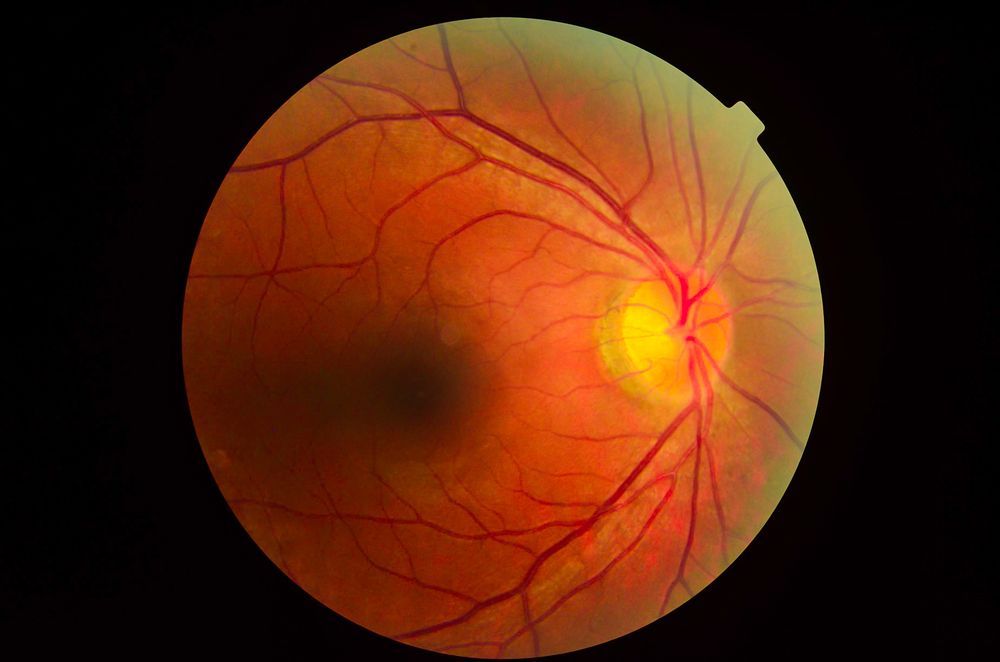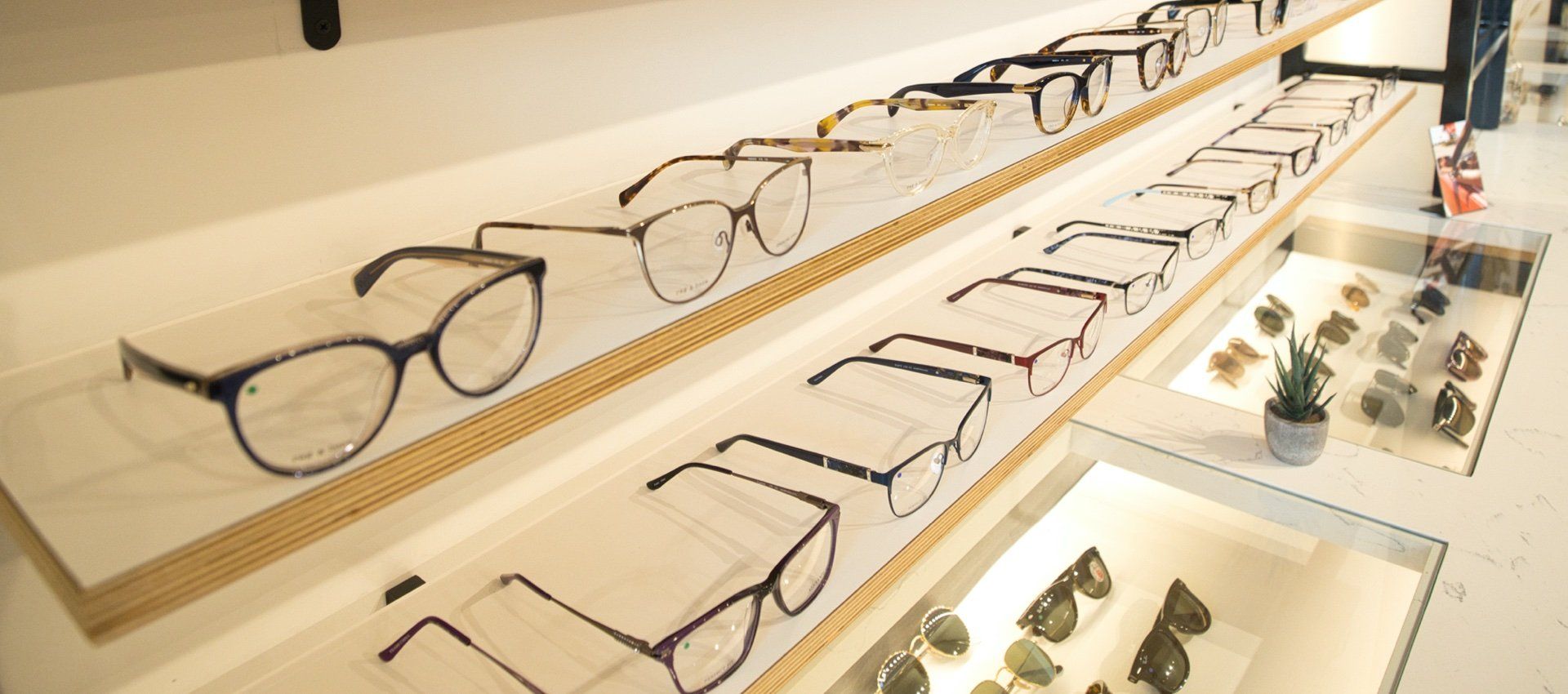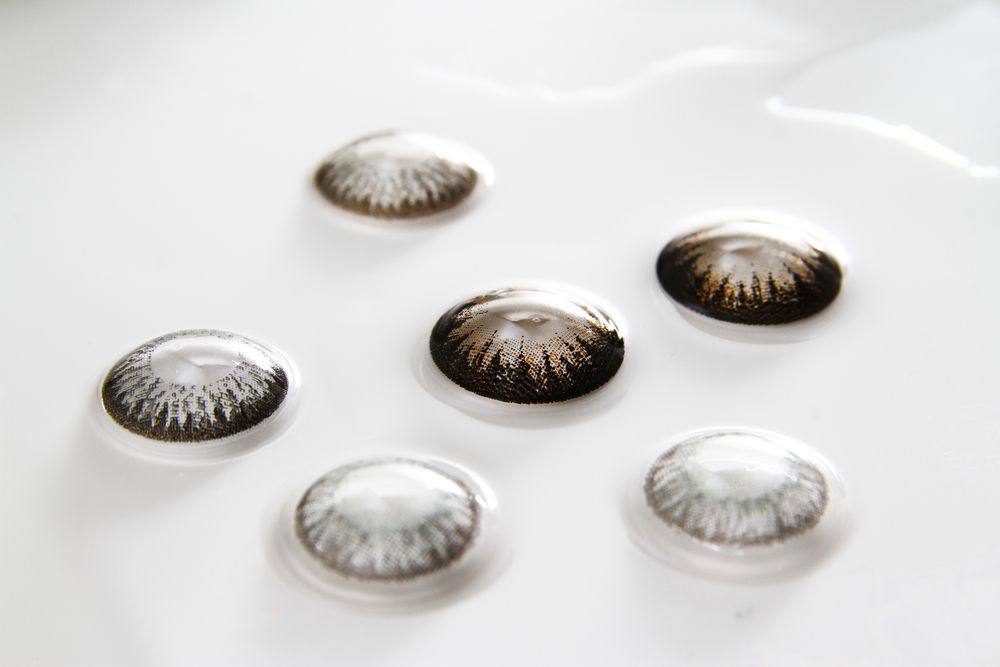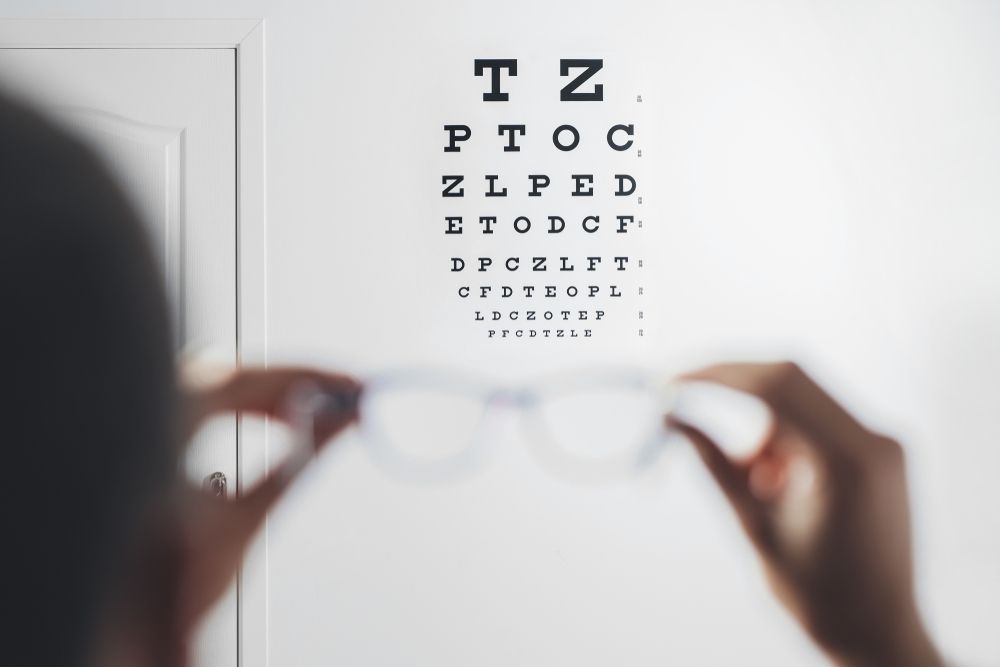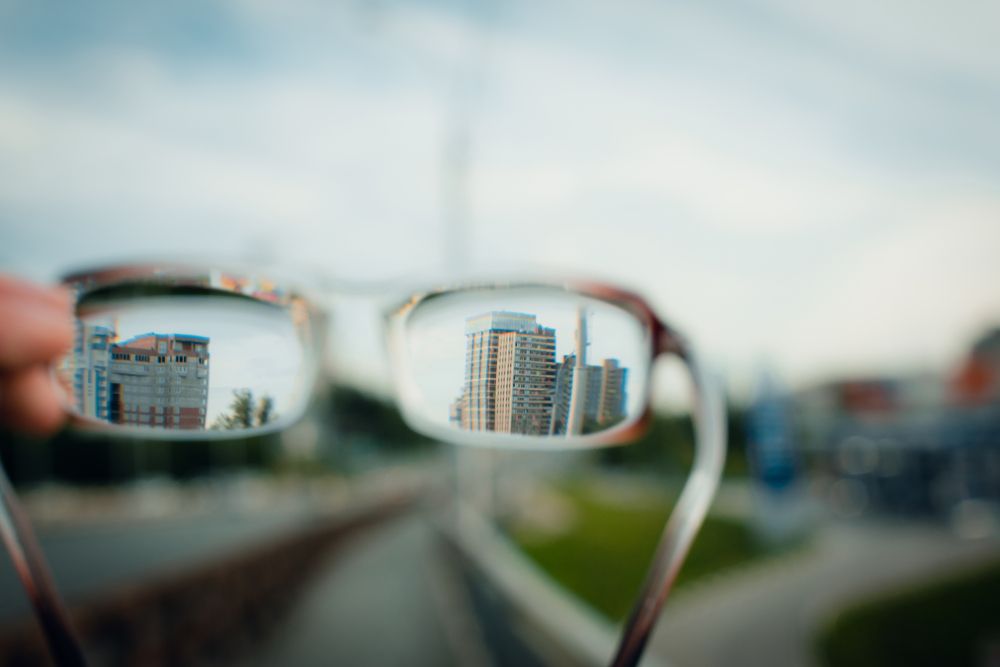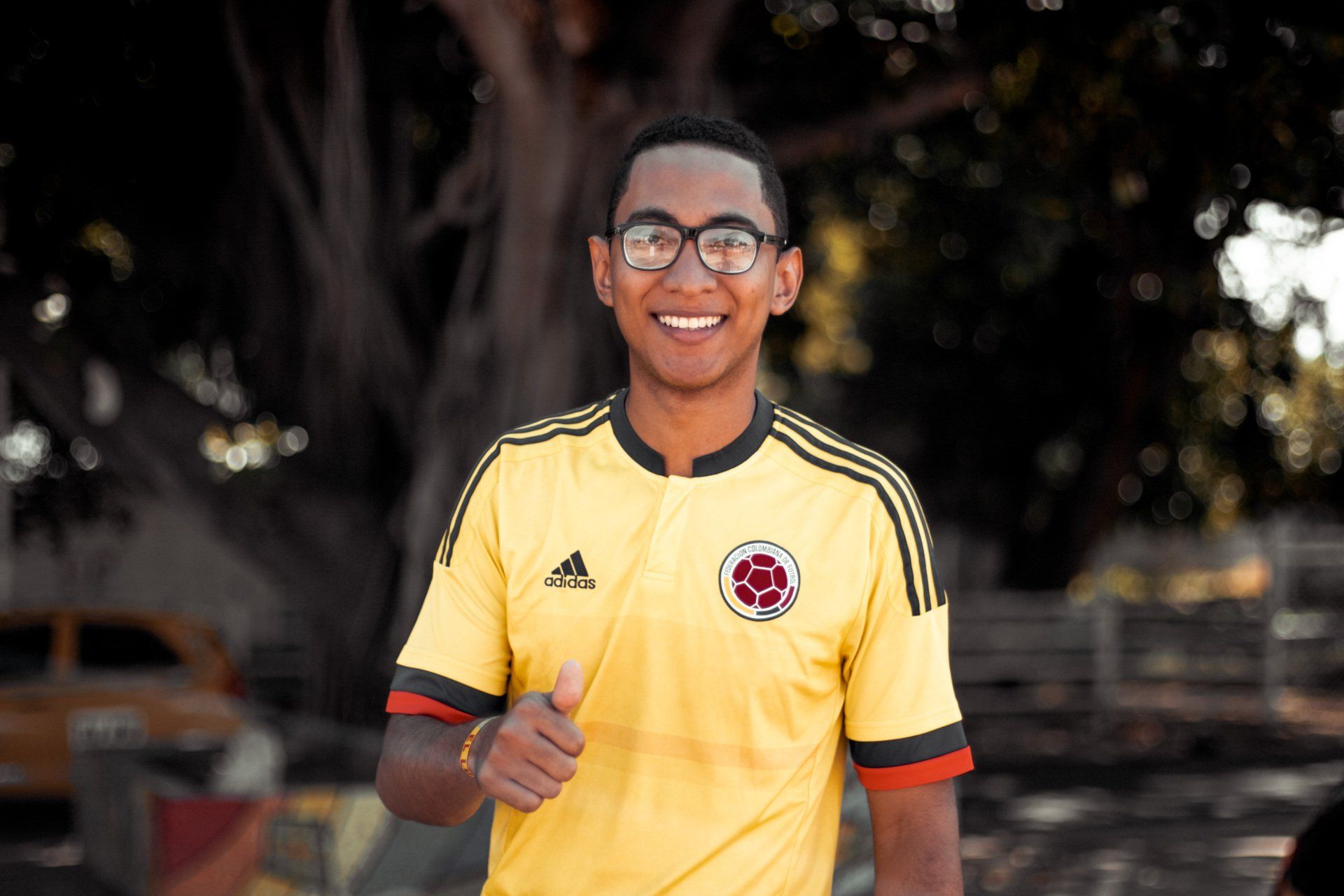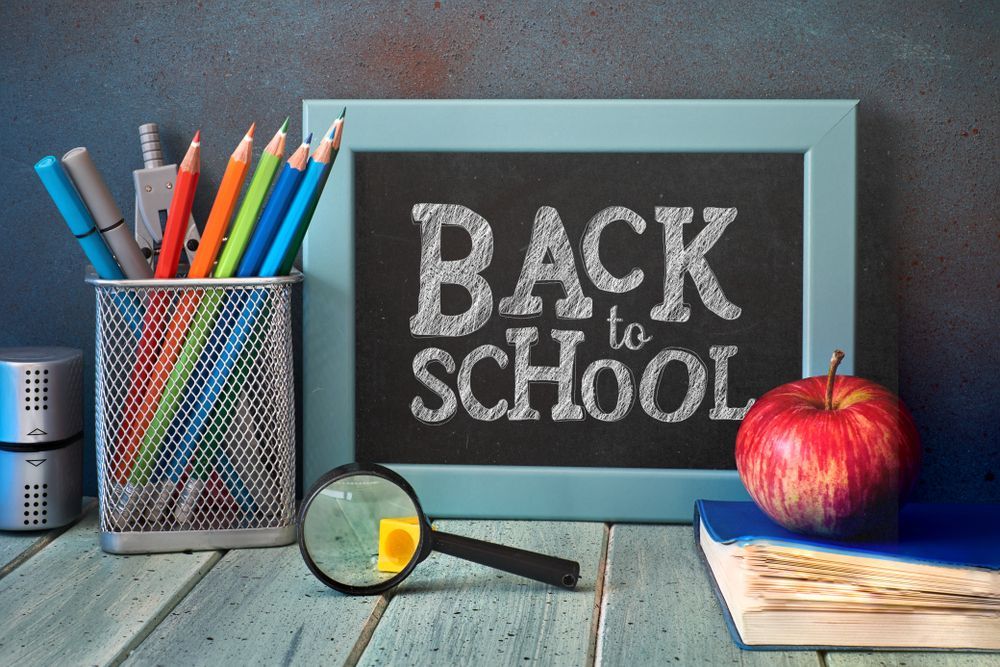As a parent, you're constantly looking out for your child's health and development — and that includes their vision. But one of the most common questions we hear from parents is: "When should I schedule my child’s first eye exam?"
The answer might surprise you.
Eye Exams Start Earlier Than You Might Think
According to the American Optometric Association (AOA), children should have their first comprehensive eye exam at 6 to 12 months of age. Yes, even before they can talk or read, a baby’s eyes can be examined for critical developmental milestones and early signs of vision issues.
Why so early? Because vision plays a fundamental role in how your child learns about the world around them — from recognizing faces to taking their first steps. Early detection of vision problems like lazy eye, eye turns, or significant prescriptions can make a big difference in treatment success and your child’s developmental path.
Ages and Stages of Pediatric Eye Exams
Here’s a general guideline for when your child should have their eyes examined:
6–12 Months:
This initial exam checks for healthy eye development, proper alignment, and the presence of any risk factors like high prescription, eye diseases, or family history of vision problems. Pediatric optometrists use special tools and techniques to assess vision without needing your baby to respond.
2–5 Years:
Your child should have another exam between the ages of 2 and 5, even if no problems were detected earlier. This is a crucial stage for detecting amblyopia (lazy eye), strabismus (eye turn), or problems with focusing, depth perception, and eye teaming. Children don’t always realize or communicate if something is wrong — and they often assume everyone sees the same way they do.
Before Starting School (Around Age 5–6):
A comprehensive eye exam before kindergarten helps ensure your child has the visual skills needed for reading, writing, and classroom learning. Even if your child passed a school vision screening, that’s not a substitute for a full eye exam. Screenings only check for basic distance vision and can miss many important issues.
Every One to Two Years After:
If no vision correction is needed and no risk factors are present, your child should have an eye exam every two years. If your child wears glasses or contact lenses, or has a history of eye issues, annual visits are recommended.
What Happens During a Pediatric Eye Exam?
Our team creates a welcoming environment to make your child feel comfortable. A typical eye exam for a young child includes:
- Vision testing (near and distance)
- Eye movement and alignment tests
- Depth perception assessment
- Eye health evaluation (inside and out)
- Prescription check, if necessary
We tailor each visit to your child’s age, development, and unique needs — with plenty of patience along the way.
Why Early Eye Exams Matter
Undiagnosed vision issues can affect learning, behavior, and confidence. Many children who struggle with reading or attention in school may have an undetected vision problem. The earlier we catch and address these issues, the better the outcomes for your child’s development and academic success.
Schedule Your Child’s Eye Exam Today
Vision is a key part of your child’s growth, and routine eye care sets the foundation for lifelong eye health. If your child is due — or overdue — for an exam, we’re here to help.
Have questions or ready to book your child’s appointment?
Contactour office today and let’s get your child on the path to clear, comfortable vision.

